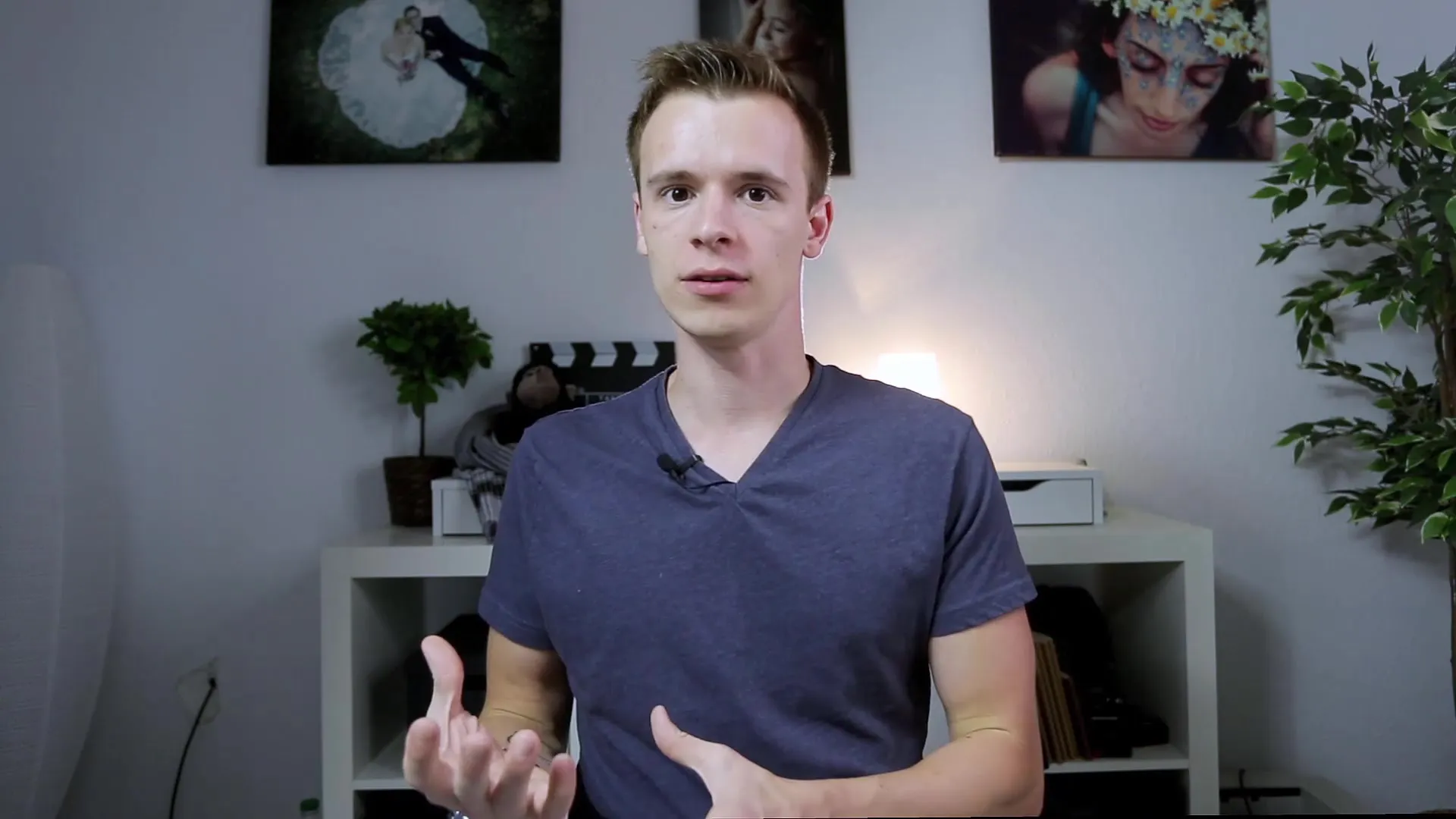Videography is an art form that depends not only on technique, but more importantly on the type of light used. The choice between hard and soft light can have a significant impact on your videos, so it's worth understanding the differences.
Key takeaways
The main difference between hard and soft light lies in the size of the light source. Large light sources produce soft light, while small light sources produce hard light. Soft light minimizes harsh shadows and creates a more harmonious appearance, while hard light creates dramatic contrasts.
Step-by-step guide
Understanding the types of light
To first get a feel for the differences between hard and soft light, it's important to look at the light sources themselves. If you have a large light source, such as a large softbox or a cloudy sky, you will get soft light. In contrast, small light sources, such as direct sunlight or small flashes, produce hard light.

Influence on shadows
The decisive factor that separates hard and soft light types are the shadows. Look at the shadows cast by the light source. A small light source creates hard, defined shadows. These can look unpleasant or unflattering on the skin, especially in interviews or portraits.
Create soft light
To create soft light, your light source should be as large as possible. This explains why photo studios often use large light sources in the form of softboxes. The larger the light source, the softer the light. This technique is particularly useful when filming people or subjects where you are aiming for soft lighting.
Use natural light sources
If you're filming outside, a cloudy sky is a wonderful natural light source that creates soft light. The light is diffused by the clouds and settles gently on your subject. In contrast, sunlight directly overhead creates extremely hard shadows. Experiment with different lighting conditions to achieve the best result.
Choose light for different situations
The choice of light also depends heavily on the type of shot. For example, if you are working in an interview format, soft light is preferable as it flatters the subjects' faces and avoids unwanted shadows in the eyes and face.
Dealing with difficult lighting conditions
If you are caught in a situation where only hard sunlight is available, shadows are the best solution. Move into the shade of a tree or building to use a softer light source. Alternatively, window light can be a great way to capture natural light.
Practical implementation
To experiment with different lighting conditions, simply position your camera near a window and turn towards the light. This often gives you a beautiful, soft light that gives your video a pleasant lighting mood without having to use great additional light sources.
Conclusion and personal preferences
In conclusion, it is important that you develop a feel for the different lighting conditions. Use soft light for interviews and creative, emotional stories, while hard light should be used for dramatic effects in certain film genres. It all depends on the style you're going for and the story you want to tell.
Summary - Hard vs. soft light: application in videography
The choice between hard and soft light is crucial for the aesthetics of your videos. Understand the differences and choose the light that best serves your goals.
Frequently asked questions
What is the main difference between hard and soft light?The main difference is the size of the light source: large light sources produce soft light, small light sources produce hard light.
When should I use soft light?You should use soft light mainly for portraits and interviews to avoid unflattering shadows.
Can I use hard light creatively? Yes, hard light can be used for dramatic effects, especially in genre films or specific scenes.
How can I achieve soft light outdoors?You can get soft light by filming on a cloudy day or by going into the shadow of a large object.
Is window light a good alternative?Yes, window light can be an excellent natural light source that creates soft light.


